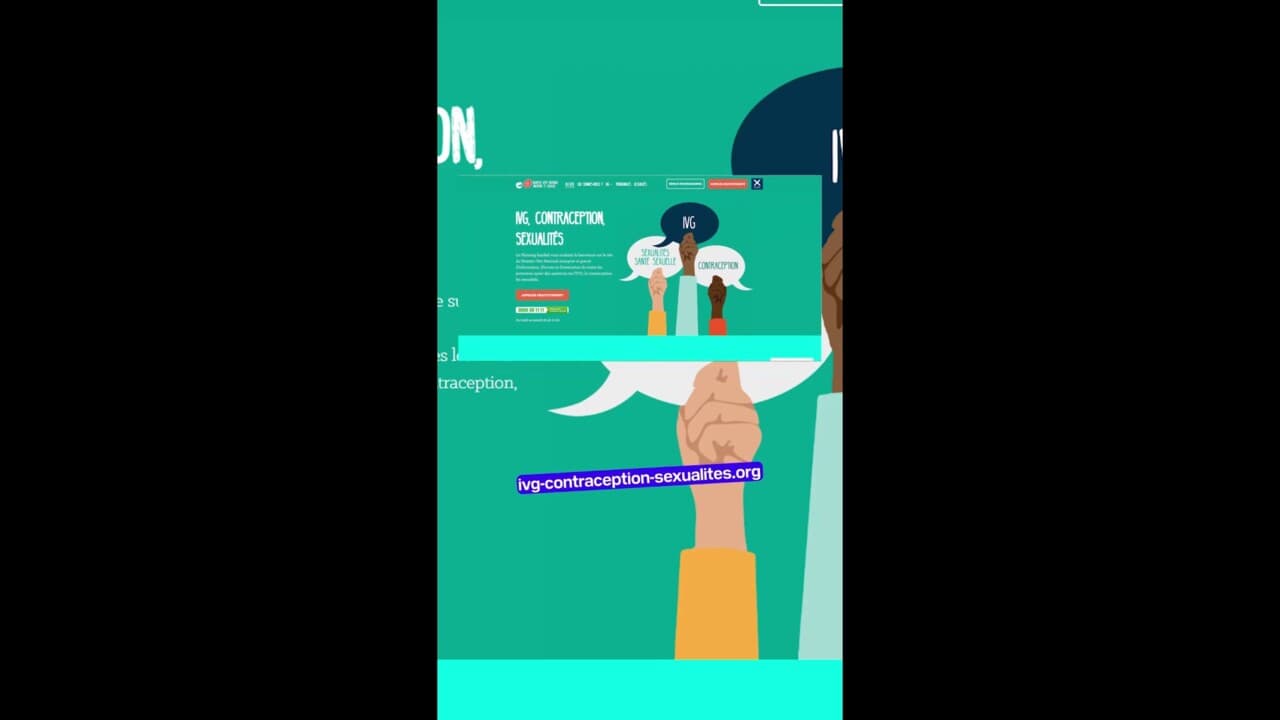Architecture's Crisis: A Conversation On Virtue Signaling And Its Impact

Table of Contents
Defining Virtue Signaling in Architecture
What constitutes virtue signaling in architectural design? It's the act of publicly displaying ethical or sustainable commitments through design choices, not necessarily driven by genuine conviction but rather by a desire for positive public perception and marketing advantages. This often manifests as a superficial adherence to trends, rather than a deep-seated commitment to responsible practice.
Examples of virtue signaling in architectural projects are abundant. We might see unsustainable "green" features implemented solely for marketing purposes, such as a green roof that is poorly insulated and thus ineffective. Or, designs might prioritize aesthetics over functionality, using expensive, imported materials while neglecting practical considerations of the building's use and occupants' needs. Distinguishing genuine ethical commitments from performative actions requires critical examination of the entire design process, from initial conception to completion and beyond.
- Overuse of specific materials: The use of reclaimed wood, for instance, is often lauded as sustainable. However, if this choice ignores the embodied carbon of transportation and processing, or disregards more sustainable alternatives, it becomes a form of virtue signaling.
- Publicity campaigns: Architects might launch extensive publicity campaigns emphasizing social responsibility, but lack concrete actions to back up their claims. This creates a disconnect between image and reality.
- Adopting trendy design styles: Following fleeting design trends without a deeper understanding of their environmental or social implications can also fall under the category of virtue signaling. The trendiness overshadows the substance.
The Impact on Architectural Design
Virtue signaling significantly affects the creative process. It can stifle innovation by encouraging architects to prioritize superficial design trends over genuine problem-solving. The pressure to project a certain image often leads to a compromise of functional design for aesthetic appeal driven by image. Authentic design solutions may be discarded in favor of features that appear more "virtuous" but ultimately fail to improve the building's performance or user experience.
- Prioritization of aesthetics: Visually appealing features, like extravagant facades, often take precedence over practical considerations, such as energy efficiency or accessibility.
- Neglect of user needs: The focus shifts from creating spaces that cater to the actual needs of users to creating spaces that project a particular image.
- Increased project costs: Unnecessary or ineffective "virtue-signaling" elements can significantly inflate project costs without a corresponding increase in value or performance.
The Ethical Implications of Virtue Signaling in Architecture
Architects bear a significant responsibility to act ethically and sustainably. Virtue signaling, however, undermines this responsibility by potentially misleading the public through performative actions. Transparency and accountability are crucial in architectural design; failing to deliver on promises of sustainability or social responsibility erodes public trust in the profession.
- Greenwashing: The practice of making misleading or unsubstantiated claims about the environmental benefits of a building contributes to greenwashing and has severe consequences for environmental protection efforts.
- Erosion of public trust: When architects engage in virtue signaling, it erodes public trust and damages the credibility of the entire profession.
- Ethical obligations: Architects have ethical obligations to their clients and to society, extending beyond merely fulfilling contractual obligations.
Moving Beyond Virtue Signaling: Towards Authentic Sustainability and Ethical Design
Fostering genuine sustainable and ethical practices requires a concerted effort from the entire architectural community. Education and professional organizations have a critical role to play in promoting responsible design practices and challenging the trend of virtue signaling in architecture. Evidence-based design and measurable impact are key to moving beyond superficial claims.
- Life Cycle Assessment (LCA): Adopting LCA methodologies allows architects to assess the environmental impact of materials and construction processes throughout a building's lifecycle.
- Inclusivity and accessibility: Prioritizing inclusivity and accessibility in design ensures that buildings serve the needs of all users, regardless of their abilities or backgrounds.
- Long-term impact: Focusing on the long-term environmental and social impact of projects is crucial for moving beyond short-term gains and superficial appearances.
Conclusion
This article explored the growing concern of virtue signaling within the architecture field, its influence on design decisions, ethical implications, and ultimate impact on the built environment. We've examined examples and discussed strategies for architects to move beyond performative actions toward authentic, sustainable, and ethical practices. We've seen how virtue signaling in architecture can lead to unsustainable practices, compromised designs, and an erosion of public trust.
Let's work together to foster a more responsible and transparent approach to architectural design. Let's move beyond the superficiality of virtue signaling and embrace genuine sustainability, ethical considerations, and impactful design solutions. The future of architecture depends on it. We must challenge the trend of virtue signaling and promote authentic practices in architecture, ensuring our designs serve both their intended purpose and the greater good.

Featured Posts
-
 Get Ready For Sinners The Louisiana Horror Movie Hitting Theaters
May 26, 2025
Get Ready For Sinners The Louisiana Horror Movie Hitting Theaters
May 26, 2025 -
 The Enduring Hope Idf Soldiers Missing In Gaza And Their Families
May 26, 2025
The Enduring Hope Idf Soldiers Missing In Gaza And Their Families
May 26, 2025 -
 Combattre La Desinformation Le Role De La Rtbf Pour La Journee Mondiale Du Fact Checking
May 26, 2025
Combattre La Desinformation Le Role De La Rtbf Pour La Journee Mondiale Du Fact Checking
May 26, 2025 -
 Claire Williams Actions Towards George Russell Public Reaction And Analysis
May 26, 2025
Claire Williams Actions Towards George Russell Public Reaction And Analysis
May 26, 2025 -
 Investigation Launched New Details Emerge On Lewis Hamiltons Car
May 26, 2025
Investigation Launched New Details Emerge On Lewis Hamiltons Car
May 26, 2025
